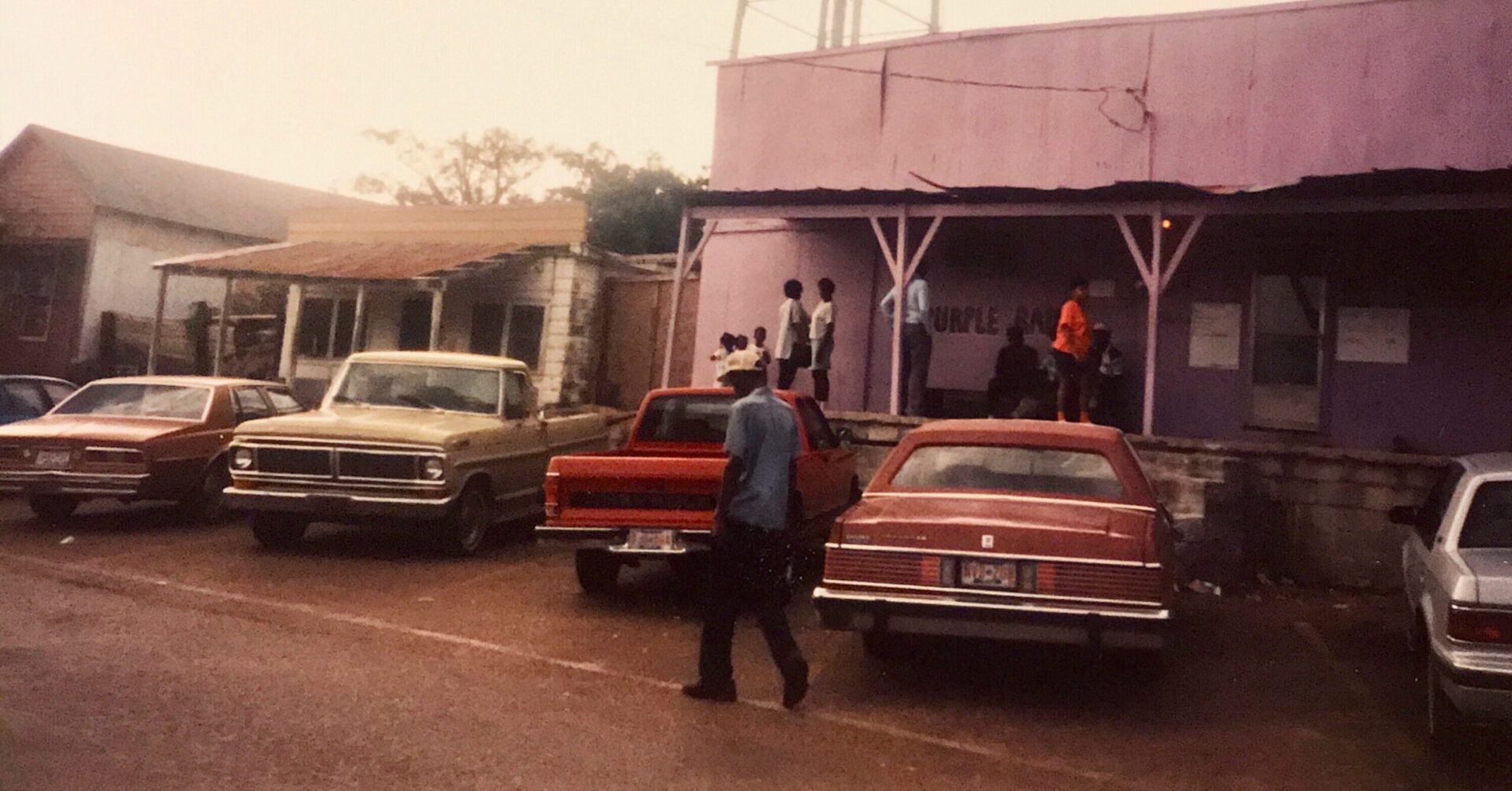Columbus, Kentucky was the site of a major Civil War battle, as the Confederate army tried to cut off Mississippi River travel by placing a large iron chain across the entire river from Columbus to Belmont, MO. Ulysses S. Grant, in his first battle of the war, attempted to reopen the river, without success, but as he gradually captured everything else around Columbus, the Confederates abandoned it. A large section of the chain and an anchor were discovered after a river bluff caved in in the 1920’s. The town of Columbus, at least according to folklore, was considered as a possible capital for the United States by those who felt the capital should be more centrally located in a country that was rapidly expanding to the west. Unfortunately, continuing floods made life in Columbus difficult. The final one in 1927 destroyed the town more or less completely. The American Red Cross arranged for the town to be completely relocated to the top of the bluffs, and a city planner from Indianapolis was engaged to draw up a comprehensive plan for the new Columbus. He designed a town plan that was largely an oval, centered around a broad parkway, and the buildings from the old town that could be saved were relocated to the new townsite. Only about 200 people remain in the new Columbus today, but there is a Columbus-Belmont State Park that commemorates the old town and its importance in the Civil War.





